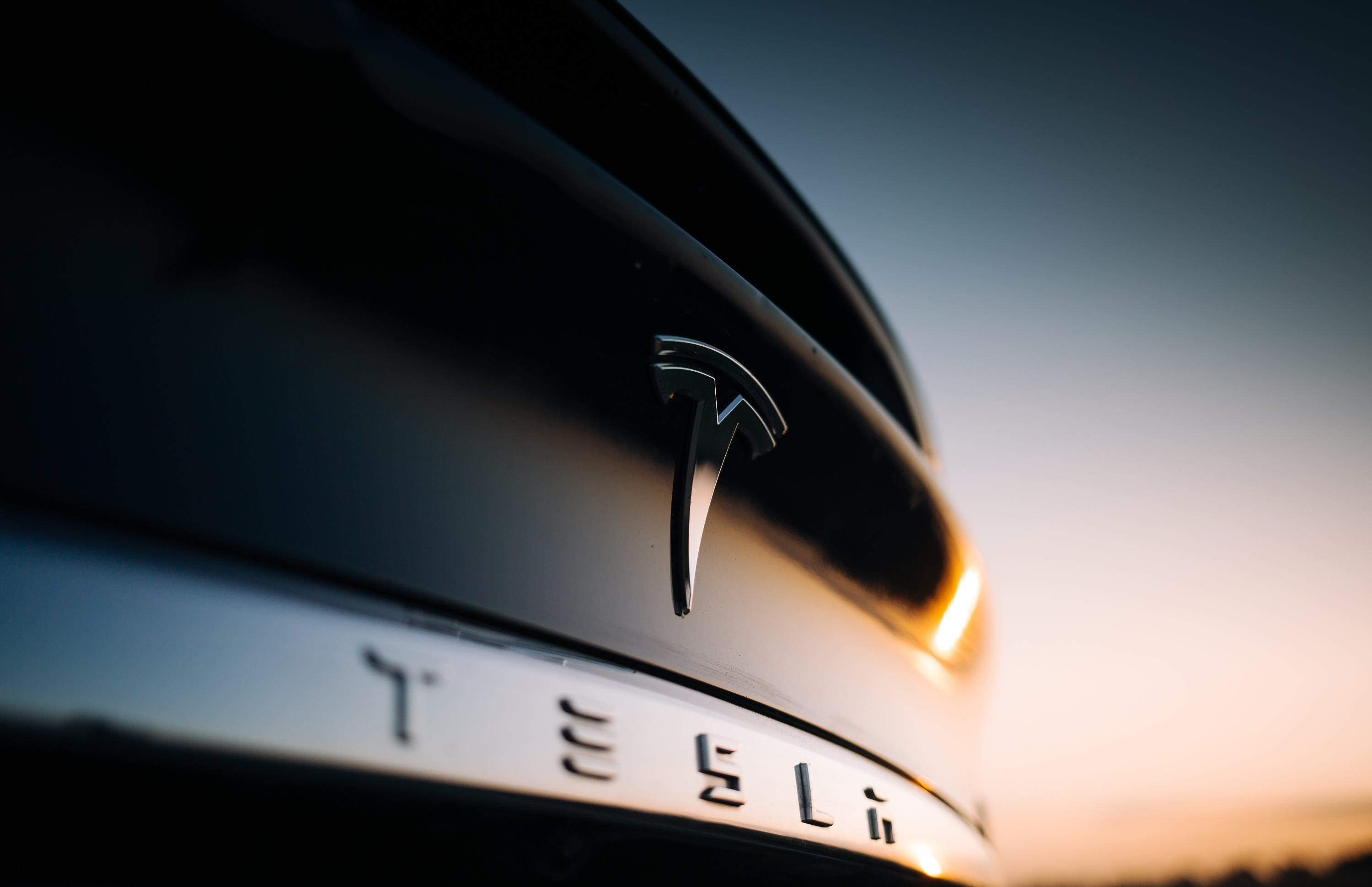Tesla begins validation of CATL’s LMFP cells
Opinion Pieces

8
Mar
2024
Tesla begins validation of CATL’s LMFP cells
A new report has emerged suggesting that Tesla is currently validating LMFP cells manufactured by CATL for use in upcoming EVs in China. CATL’s LMFP cell, which is named M3P, can also be found in Chinese EV models from Chery and Huawei and increases energy density and EV driving range over existing LFP chemistries.
Tesla has been using LFP in its entry-level models for some time now as a means to tap into the market for lower-priced EVs. In addition to the lower cost of production, LFP also brings improved cycle life and higher safety credentials over nickel-based chemistries at the expense of energy density and driving range. For LMFP, the addition of manganese into the LFP system raises the operating voltage of the cell and thus increases its energy density, which has become an attractive option for the automotive industry as a way to increase EV range in the entry to mid-level sector. With the potential for only marginal increases in production costs for LMFP over LFP, the gains within the automotive sector could be significant. At full-scale production, LMFP could achieve energy densities towards the mid-nickel sector, but at a much reduced cost. This would allow OEMs to cut production costs and EV prices whilst maintaining favourable range outputs.
LMFP does come with challenges however. The addition of manganese reduces the stability of the electrode structure during cycling, resulting in faster capacity fade and reduced safety than traditional LFP cells. Reducing the manganese content improves stability but at the expense of desired energy density, whilst too high a manganese content increases instability. Finding the optimal manganese content to ensure a stable and desirable system remains a key challenge for many cathode and cell manufacturers.
Using its vast experience and expertise, CATL has managed to successfully bring its M3P LMFP cell to market and it is becoming increasingly prevalent in EVs in China. A recent report from the manufacturer also revealed that the M3P cell is not strictly an LMFP cell, but a “ternary lithium battery with a phosphate system”. This points to perhaps a blend of NCM and LMFP cathode active material within the cell, which has been reported as a common initial route for LMFP as a way to introduce the new technology in a commercial setting. NCM and LMFP have similar operating voltages, making them a well-suited combination within the lithium-ion battery system. Although this announcement reveals it is not a pure LMFP cathode, the full composition is still open to speculation.